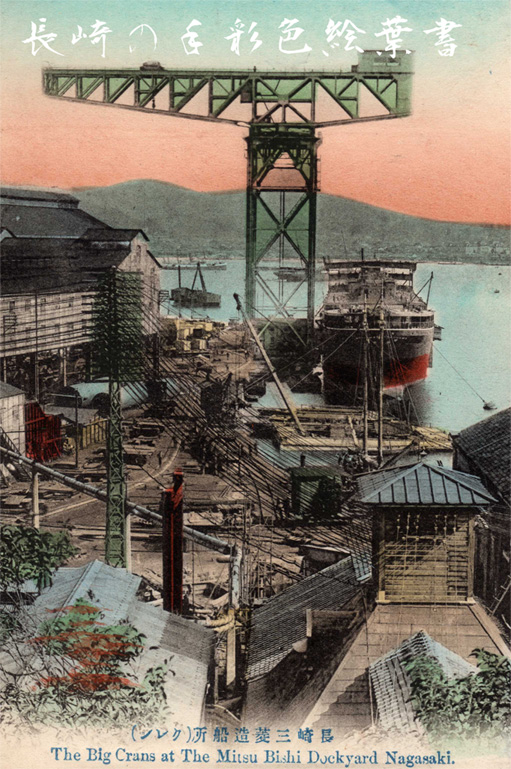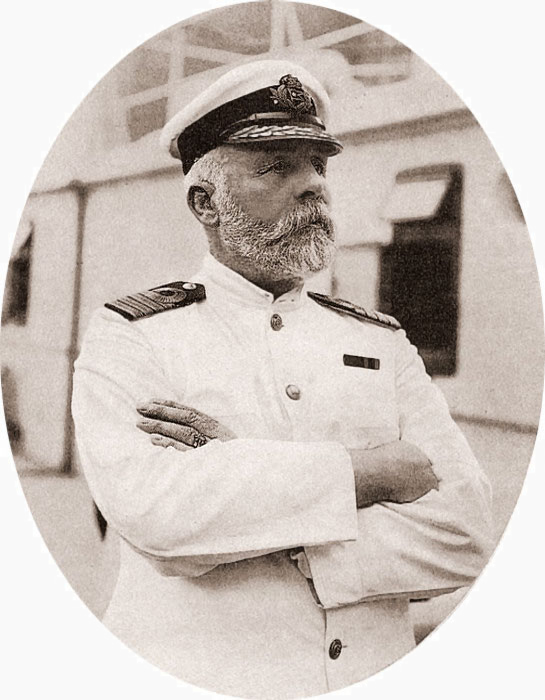|
Nadashio (SS-577)
JDS ''Nadashio'' (SS-577) was a Japanese diesel-electric weighing 2,250 tons. It was launched on 27 January 1983 and decommissioned by the Maritime Self-Defense Force on 1 June 2001. Design and construction The ''Yūshio''-class was an enlarged derivative of the preceding , with improved electronics and capable of diving to greater depths. Ten ''Yūshio''s were built, to a regular programme of one being ordered each Fiscal Year. ''Nadashio'' was long, with a beam of and maximum draught of . Displacement was surfaced. Like the ''Uzushio''s, the class was of double-hull construction, with a streamlined teardrop hull. A electric motor drove a single propeller shaft, while two Kawasaki-MAN diesel engines could charge the ship's batteries and power the ship on the surface. Speed was submerged and on the surface. Six 21-inch (533 mm) torpedo tubes were fitted amidships, while ''Nadashio'' was the first of her class to be able to launch Sub-Harpoon anti-ship missiles ... [...More Info...] [...Related Items...] OR: [Wikipedia] [Google] [Baidu] |
Mitsubishi Heavy Industries
is a Japanese multinational engineering, electrical equipment and electronics corporation headquartered in Tokyo, Japan. MHI is one of the core companies of the Mitsubishi Group and its automobile division is the predecessor of Mitsubishi Motors. MHI's products include aerospace and automotive components, air conditioners, elevators, forklift trucks, hydraulic equipment, printing machines, missiles, tanks, power systems, ships, aircraft, railway systems, and space launch vehicles. Through its defense-related activities, it is the world's 23rd-largest defense contractor measured by 2011 defense revenues and the largest based in Japan. History In 1857, at the request of the Tokugawa Shogunate, a group of Dutch engineers were invited, including Dutch naval engineer Hendrik Hardes, and began work on the ''Nagasaki Yotetsusho'' 長崎鎔鉄所 , a modern, Western-style foundry and shipyard near the Dutch settlement of Dejima, at Nagasaki. This was renamed ''Naga ... [...More Info...] [...Related Items...] OR: [Wikipedia] [Google] [Baidu] |
Submarine
A submarine (or sub) is a watercraft capable of independent operation underwater. It differs from a submersible, which has more limited underwater capability. The term is also sometimes used historically or colloquially to refer to remotely operated vehicles and Autonomous underwater vehicle, robots, as well as medium-sized or smaller vessels, such as the midget submarine and the wet sub. Submarines are referred to as ''boats'' rather than ''ships'' irrespective of their size. Although experimental submarines had been built earlier, submarine design took off during the 19th century, and they were adopted by several navies. They were first widely used during World War I (1914–1918), and are now used in many navy, navies, large and small. Military uses include attacking enemy surface ships (merchant and military) or other submarines, and for aircraft carrier protection, Blockade runner, blockade running, Ballistic missile submarine, nuclear deterrence, reconnaissance, conventio ... [...More Info...] [...Related Items...] OR: [Wikipedia] [Google] [Baidu] |
Maritime Incidents In 1988
Maritime may refer to: Geography * Maritime Alps, a mountain range in the southwestern part of the Alps * Maritime Region, a region in Togo * Maritime Southeast Asia * The Maritimes, the Canadian provinces of Nova Scotia, New Brunswick, and Prince Edward Island * Maritime County, former county of Poland, existing from 1927 to 1939, and from 1945 to 1951 * Neustadt District, Reichsgau Danzig-West Prussia, known from 1939 to 1942 as ''Maritime District'', a former district of Reichsgau Danzig-West Prussia, Nazi Germany, from 1939 to 1945 * The Maritime Republics, thalassocratic city-states on the Italian peninsula during the Middle Ages Museums * Maritime Museum (Belize) * Maritime Museum (Macau), China * Maritime Museum (Malaysia) * Maritime Museum (Stockholm), Sweden Music * ''Maritime'' (album), a 2005 album by Minotaur Shock * Maritime (band), an American indie pop group * "The Maritimes" (song), a song on the 2005 album ''Boy-Cott-In the Industry'' by Classified * "Maritime" ... [...More Info...] [...Related Items...] OR: [Wikipedia] [Google] [Baidu] |
Ministry Of Defense (Japan)
The is an executive department of the Government of Japan responsible for preserving the peace and independence of Japan, and maintaining the country’s national security and the Japan Self-Defense Forces. The ministry is headed by the Minister of Defense, and is the largest ministry in the Japanese government. The ministry is headquartered in Ichigaya, Shinjuku, Tokyo, and is required by Article 66 of the Constitution to be completely subordinate to civilian authority. Its head has the rank of Minister of State. He is assisted by two vice ministers, one parliamentary and one administrative; and the internal bureaus. The highest figure in the command structure is the Prime Minister, who is responsible directly to the National Diet. The MOD, alongside the Ministry of Foreign Affairs, work on crafting Japanese security policy. In a national emergency, the Prime Minister is authorized to order the various components of the Japan Self-Defense Forces (JSDF) into action, subj ... [...More Info...] [...Related Items...] OR: [Wikipedia] [Google] [Baidu] |
Sea Captain
A sea captain, ship's captain, captain, master, or shipmaster, is a high-grade licensed mariner who holds ultimate command and responsibility of a merchant vessel.Aragon and Messner, 2001, p.3. The captain is responsible for the safe and efficient operation of the ship, including its seaworthiness, safety and security, cargo operations, navigation, crew management, and legal compliance, and for the persons and cargo on board. Duties and functions The captain ensures that the ship complies with local and international laws and complies also with company and flag state policies. The captain is ultimately responsible, under the law, for aspects of operation such as the safe navigation of the ship,Aragon and Messner, 2001, p.4. its cleanliness and seaworthiness,Aragon and Messner, 2001, p.5. safe handling of all cargo,Aragon and Messner, 2001, p.7. management of all personnel,Aragon and Messner, 2001, p.7-11. inventory of ship's cash and stores,Aragon and Messner, 2001, p.11-12. an ... [...More Info...] [...Related Items...] OR: [Wikipedia] [Google] [Baidu] |
Sports Fishing
Recreational fishing, also called sport fishing or game fishing, is fishing for leisure, exercise or competition. It can be contrasted with commercial fishing, which is professional fishing for profit; or subsistence fishing, which is fishing for survival and livelihood. The most common form of recreational fishing is angling, which is done with a rig of rod, reel, line, hooks and any one of a wide range of baits, as well as other complementary devices such as weights, floats, swivels and method feeders, collectively referred to as ''terminal tackles''. Lures are frequently used in place of fresh bait when fishing for predatory fishes. Some hobbyists hand-make custom tackles themselves, including plastic lures and artificial flies. Other forms of recreational fishing include spearfishing, which is done with a speargun or harpoon usually while diving; and bowfishing, with is done from above the water with archery equipments such as a compound bow or cros ... [...More Info...] [...Related Items...] OR: [Wikipedia] [Google] [Baidu] |
Towed Array Sonar
A towed array sonar is a system of hydrophones towed behind a submarine or a surface ship on a cable. Trailing the hydrophones behind the vessel, on a cable that can be kilometers long, keeps the array's sensors away from the ship's own noise sources, greatly improving its signal-to-noise ratio, and hence the effectiveness of detecting and tracking faint contacts, such as quiet, low noise-emitting submarine threats, or seismic signals. A towed array offers superior resolution and range compared with hull mounted sonar. It also covers the baffles, the blind spot of hull mounted sonar. However, effective use of the system limits a vessel's speed and care must be taken to protect the cable from damage. History During World War I, a towed sonar array known as the "Electric Eel" was developed by Harvey Hayes, a U.S. Navy physicist. This system is believed to be the first towed sonar array design. It employed two cables, each with a dozen hydrophones attached. The project was discontin ... [...More Info...] [...Related Items...] OR: [Wikipedia] [Google] [Baidu] |
Ceremonial Ship Launching
Ceremonial ship launching involves the performance of ceremonies associated with the process of transferring a vessel to the water. It is a nautical tradition in many cultures, dating back thousands of years, to accompany the physical process with ceremonies which have been observed as public celebration and a solemn blessing, usually but not always, in association with the launch itself. Ship launching imposes stresses on the ship not met during normal operation and, in addition to the size and weight of the vessel, represents a considerable engineering challenge as well as a public spectacle. The process also involves many traditions intended to invite good luck, such as christening by breaking a sacrificial bottle of champagne over the bow as the ship is named aloud and launched. Methods There are three principal methods of conveying a new ship from building site to water, only two of which are called "launching". The oldest, most familiar, and most widely used is th ... [...More Info...] [...Related Items...] OR: [Wikipedia] [Google] [Baidu] |
Keel Laying
Laying the keel or laying down is the formal recognition of the start of a ship's construction. It is often marked with a ceremony attended by dignitaries from the shipbuilding company and the ultimate owners of the ship. Keel laying is one of the four specially celebrated events in the life of a ship; the others are launching, commissioning and decommissioning. In earlier times, the event recognized as the keel laying was the initial placement of the central timber making up the backbone of a vessel, called the keel. As steel ships replaced wooden ones, the central timber gave way to a central steel beam. Modern ships are most commonly built in a series of pre-fabricated, complete hull sections rather than around a single keel. The event recognized as the keel laying is the first joining of modular components, or the lowering of the first module into place in the building dock. It is now often called "keel authentication", and is the ceremonial beginning of the ship's life ... [...More Info...] [...Related Items...] OR: [Wikipedia] [Google] [Baidu] |
Harpoon (missile)
The Harpoon is an all-weather, over-the-horizon, anti-ship missile manufactured by McDonnell Douglas (now Boeing Defense, Space & Security). The AGM-84E Standoff Land Attack Missile (SLAM) and later AGM-84H/K SLAM-ER (Standoff Land Attack Missile – Expanded Response) are cruise missile variants. The regular Harpoon uses active radar homing and flies just above the water to evade defenses. The missile can be launched from: * Fixed-wing aircraft (the AGM-84, without the solid-fuel rocket booster) * Surface ships (the RGM-84, fitted with a solid-fuel rocket booster that detaches when expended, to allow the missile's main turbojet to maintain flight) * Submarines (the UGM-84, fitted with a solid-fuel rocket booster and encapsulated in a container to enable submerged launch through a torpedo tube); * Coastal defense batteries, from which it would be fired with a solid-fuel rocket booster. Development In 1965, the United States Navy began studies for a missile in the range ... [...More Info...] [...Related Items...] OR: [Wikipedia] [Google] [Baidu] |
Amidships
This glossary of nautical terms is an alphabetical listing of terms and expressions connected with ships, shipping, seamanship and navigation on water (mostly though not necessarily on the sea). Some remain current, while many date from the 17th to 19th centuries. The word nautical derives from the Latin ''nauticus'', from Greek ''nautikos'', from ''nautēs'': "sailor", from ''naus'': "ship". Further information on nautical terminology may also be found at Nautical metaphors in English, and additional military terms are listed in the Multiservice tactical brevity code article. Terms used in other fields associated with bodies of water can be found at Glossary of fishery terms, Glossary of underwater diving terminology, Glossary of rowing terms, and Glossary of meteorology. This glossary is split into two articles: * terms starting with the letters A to L are at Glossary of nautical terms (A-L) * terms starting with the letters M to Z are at Glossary of nautical terms (M-Z). __N ... [...More Info...] [...Related Items...] OR: [Wikipedia] [Google] [Baidu] |




_-_Ystad-2018.jpg)




.png)